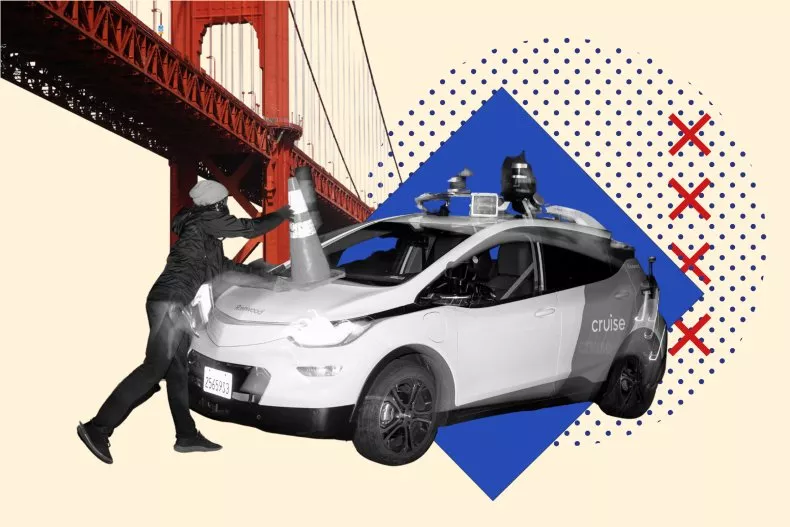Robotaxis on the Rise: What the Future Holds for Taxi Drivers in an Automated World

By Dr. Michael Omoruyi – iNewsAfrica Tech
A New Era of Transportation
The race toward driverless mobility is no longer a distant dream. Google’s Waymo cars already shuttle passengers in Phoenix and San Francisco, Tesla is doubling down on its robotaxi ambitions, Amazon’s Zoox has rolled out futuristic shuttles, and GM Cruise is positioning itself as a pioneer of fully autonomous fleets. Together, these innovations mark a seismic shift in the way societies think about mobility.
For the global taxi driver, however, this technological revolution raises unsettling questions: What happens to their jobs when the driver is no longer needed?
The Threat to Human Drivers
For decades, taxi driving has been more than just a profession—it has been a lifeline for working-class families, immigrants, and those seeking flexible employment. Yet, the rise of autonomous fleets threatens to render human drivers obsolete.
The harsh reality is that robotaxis are designed to cut out the cost of labor—the single largest expense in taxi operations. Cities that adopt autonomous fleets at scale may see a sharp decline in the need for human drivers. The disruption could echo, or even surpass, the shock traditional taxi unions faced when Uber and Bolt entered the market.
The Silver Lining: New Opportunities
But the story need not be one of despair. While traditional driving roles may decline, new mobility-centered opportunities will emerge:
-
Fleet management and servicing – Robotaxis still require cleaning, software updates, charging, and mechanical upkeep.
-
Customer support and care – From assisting elderly and disabled passengers to providing concierge-style services, humans will remain essential in niches where empathy and adaptability matter.
-
Transition into digital mobility ecosystems – Drivers could evolve into transport coordinators, mobility app specialists, or community transport managers.
The challenge lies in ensuring that displaced drivers are supported through retraining and provided pathways into these emerging roles.
Policy, Equity, and Resistance
Governments face a critical balancing act. On one hand, robotaxis promise safer, cleaner, and more affordable mobility by reducing human error and emissions. On the other, mass job displacement without a safety net could fuel economic inequality and social unrest.
Unions and driver associations are unlikely to accept this transformation passively. Just as they resisted ride-hailing platforms, we can expect protests, legal battles, and calls for regulation to slow or shape the deployment of robotaxi fleets. Policy interventions—such as reskilling programs, subsidies, or even universal basic income—will play a decisive role in how smoothly this transition unfolds.
A Cultural Shift Beyond Jobs
Losing taxi drivers is not just about economics—it is about culture. Taxi drivers have long been storytellers of the city, confidants to strangers, and silent witnesses to the rhythms of urban life. Their gradual disappearance will reshape not only the labor market but also the social fabric of our cities.
The Road Ahead
The future of taxi driving will not end overnight. Human-driven taxis will likely coexist with autonomous fleets for years, especially in regions with less digital infrastructure or stricter regulations. But the long-term trajectory is clear: driving as a profession is shrinking.
The real test is whether societies can transform this disruption into opportunity—by helping workers transition, by embedding equity into automation, and by ensuring that the promise of safer, cheaper, and greener transport does not come at the cost of human dignity.
Final Word
Robotaxis are here to stay. The question is whether governments, corporations, and communities will allow this transition to become a story of exclusion—or one of reinvention. For the millions of men and women who have made a living behind the wheel, the road ahead must not end; it must simply take a new direction.
About the Author
Dr. Michael Omoruyi is a Technologist, Educator, and the Author of “From Grit to Grace: A Memoir of Roots, Resilience, and Reinvention.” He currently serves as Director of Diaspora Affairs for the LPPMC and advocates for youth inclusion and African innovation.













